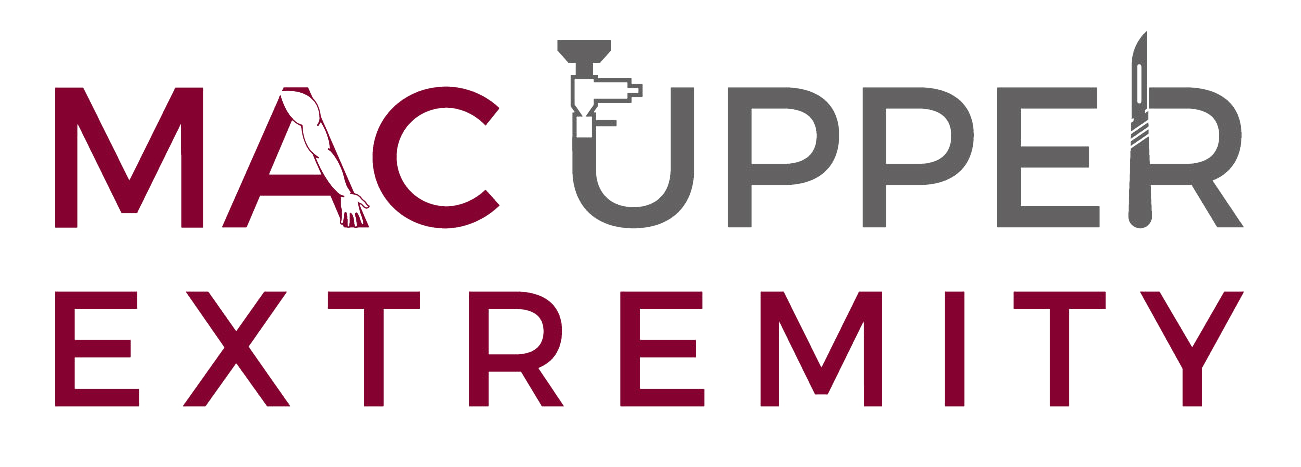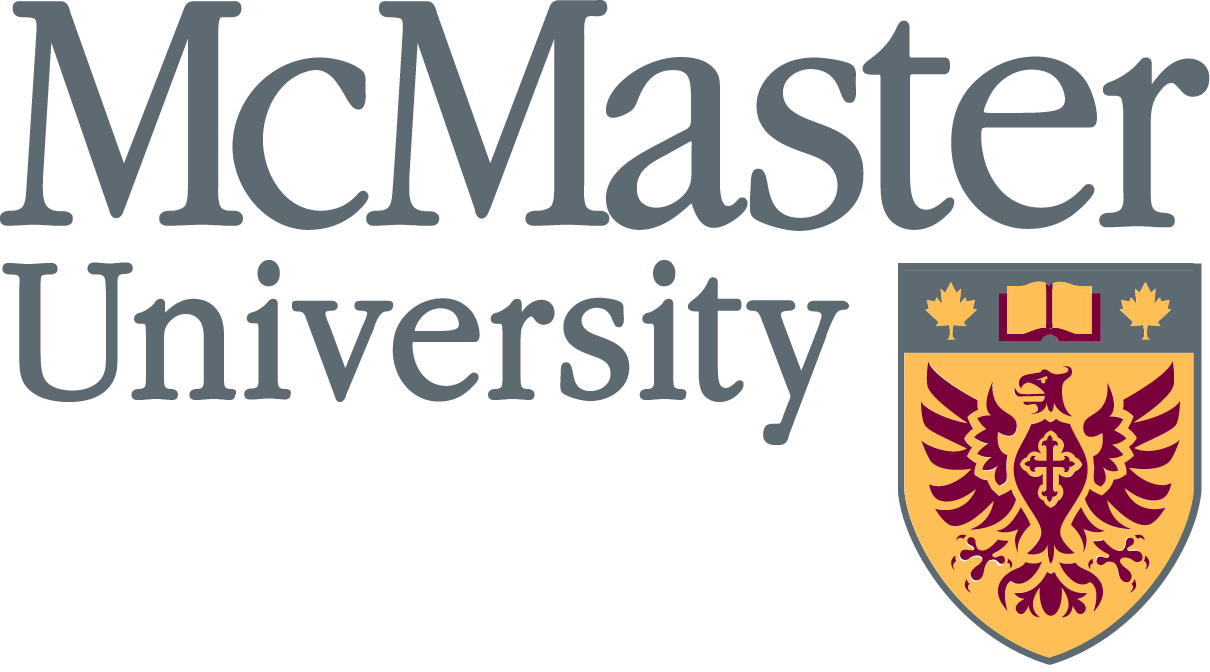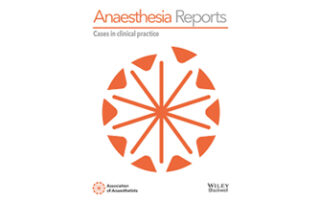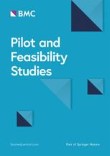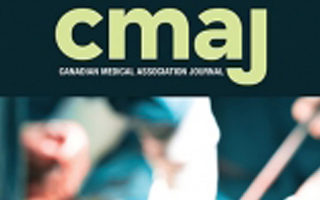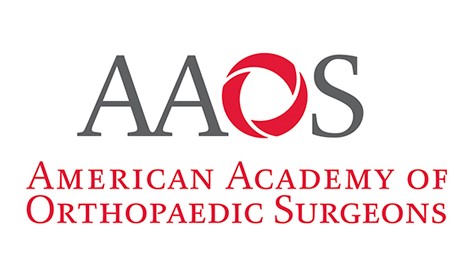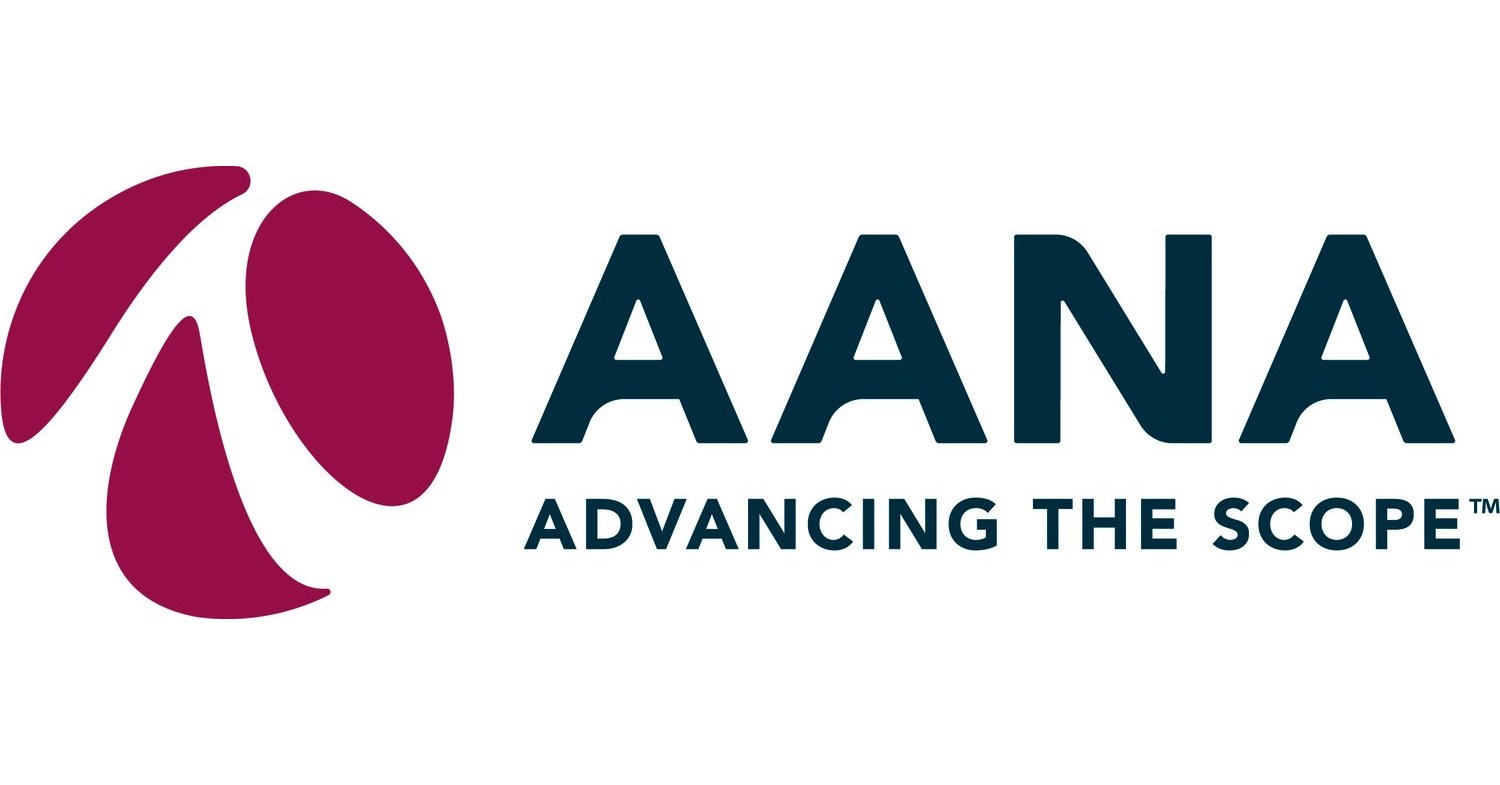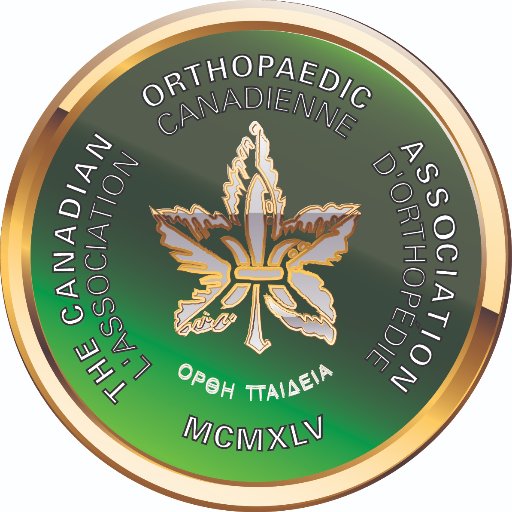Effect of a Postoperative Multimodal Opioid-Sparing Protocol vs Standard Opioid Prescribing on Postoperative Opioid Consumption After Knee or Shoulder Arthroscopy: A Randomized Clinical Trial
NO PAin Investigators; Aaron Gazendam, Seper Ekhtiari, Nolan S Horner, Nicole Simunovic, Moin Khan, Darren L de Sa, Kim Madden, Olufemi R Ayeni

Abstract
Importance: In arthroscopic knee and shoulder surgery, there is growing evidence that opioid-sparing protocols may reduce postoperative opioid consumption while adequately addressing patients’ pain. However, there are a lack of prospective, comparative trials evaluating their effectiveness.
Objective: To evaluate the effect of a multimodal, opioid-sparing approach to postoperative pain management compared with the current standard of care in patients undergoing arthroscopic shoulder or knee surgery.
Design, setting, and participants: This randomized clinical trial was performed at 3 clinical sites in Ontario, Canada, and enrolled 200 patients from March 2021 to March 2022 with final follow-up completed in April 2022. Adult patients undergoing outpatient arthroscopic shoulder or knee surgery were followed up for 6 weeks postoperatively.
Interventions: The opioid-sparing group (100 participants randomized) received a prescription of naproxen, acetaminophen (paracetamol), and pantoprazole; a limited rescue prescription of hydromorphone; and a patient educational infographic. The control group (100 participants randomized) received the current standard of care determined by the treating surgeon, which consisted of an opioid analgesic.
Main outcomes and measures: The primary outcome was postoperative oral morphine equivalent (OME) consumption at 6 weeks after surgery. There were 5 secondary outcomes, including pain, patient satisfaction, opioid refills, quantity of OMEs prescribed at the time of hospital discharge, and adverse events at 6 weeks all reported at 6 weeks after surgery.
Results: Among the 200 patients who were randomized (mean age, 43 years; 73 women [38%]), 193 patients (97%) completed the trial; 98 of whom were randomized to receive standard care and 95 the opioid-sparing protocol. Patients in the opioid-sparing protocol consumed significantly fewer opioids (median, 0 mg; IQR, 0-8.0 mg) than patients in the control group (median, 40.0 mg; IQR, 7.5-105.0; z = -6.55; P < .001). Of the 5 prespecified secondary end points, 4 showed no significant difference. The mean amount of OMEs prescribed was 341.2 mg (95% CI, 310.2-372.2) in the standard care group and 40.4 mg (95% CI, 39.6-41.2) in the opioid-sparing group (mean difference, 300.8 mg; 95% CI, 269.4-332.3; P < .001). There was no significant difference in adverse events at 6 weeks (2 events [2.1%] in the standard care group vs 3 events [3.2%] in the opioid-sparing group), but more patients reported medication-related adverse effects in the standard care group (32% vs 19%, P = .048).
Conclusions and relevance: Among patients who underwent arthroscopic knee or shoulder surgery, a multimodal opioid-sparing postoperative pain management protocol, compared with standard opioid prescribing, significantly reduced postoperative opioid consumption over 6 weeks.
Trial registration: ClinicalTrials.gov Identifier: NCT04566250.
Conflict of interest statement
Conflict of Interest Disclosures: Dr Ekhtiari reported receiving grants from the Michael G. DeGroote Foundation, and the Research Institute of St Joseph’s Hamilton, Canada. Dr Khan reported serving as a consultant for Arthrex and Bioventus and on the speakers bureau of Bioventus, Sanofi, and Arthrex. Dr de SA reported receiving grants from the Canadian Orthopaedic Foundation; serving as a member of the Pendopharm regional working group, the advisory board of Heron Therapeutics, the speakers bureau of ConMed Linvatecas, and consultant for LEK Consulting, Atheneum Partners, and Stryker. Dr Madden reported receiving grants from BioTalent Canada, Canadian Orthopaedic Foundation, and CIHR. Dr Ayeni reported receiving nonfinancial support from the ConMed speakers bureau. No other disclosures were reported.
Figures

Figure 1.. Recruitment, Randomization, and Patient Flow in the NO PAin Trial
aNo further details were recorded.

Figure 2.. Pain Medication Consumption Over First 14 Days After Surgery
Whiskers indicate quartile 3 plus 1.5 times the IQR; bars, IQR (quartile 1 to quartile 3); the dots, outlying values; black lines, medians. The sample sizes for all data points are 95 for the opioid-sparing group and 98 for standard care group.
